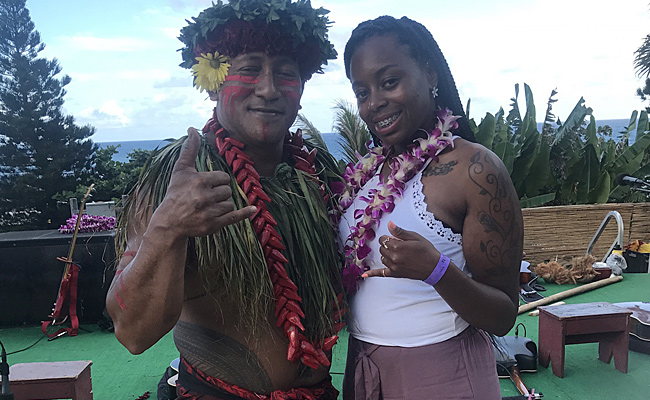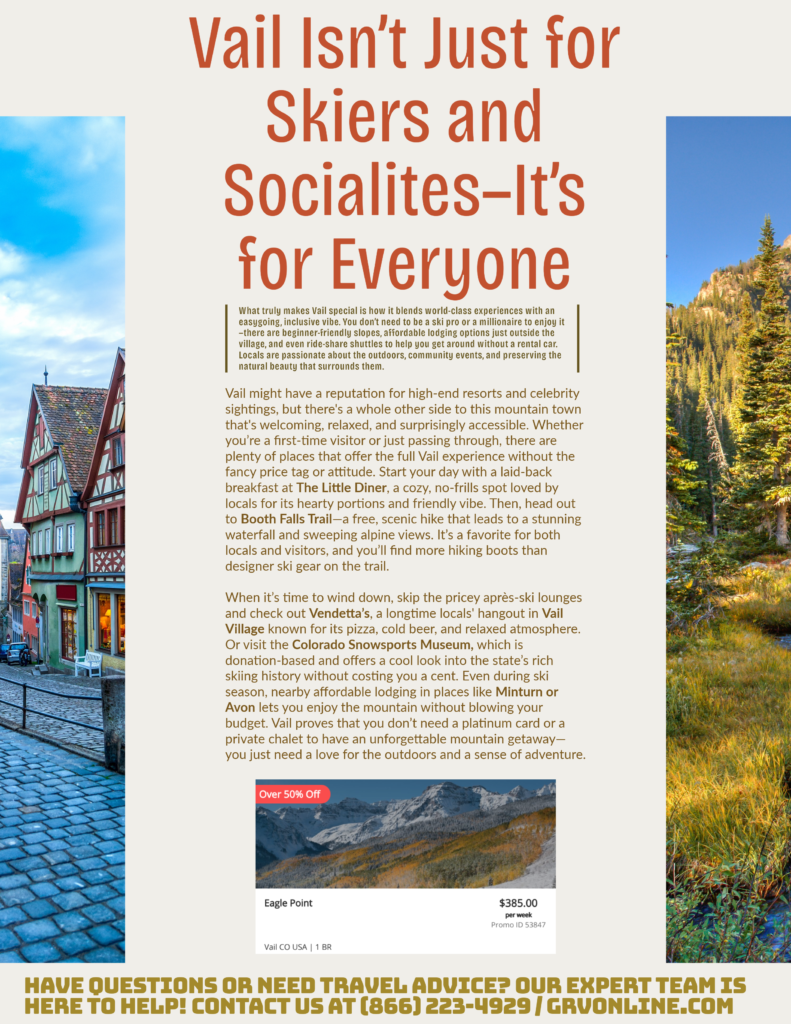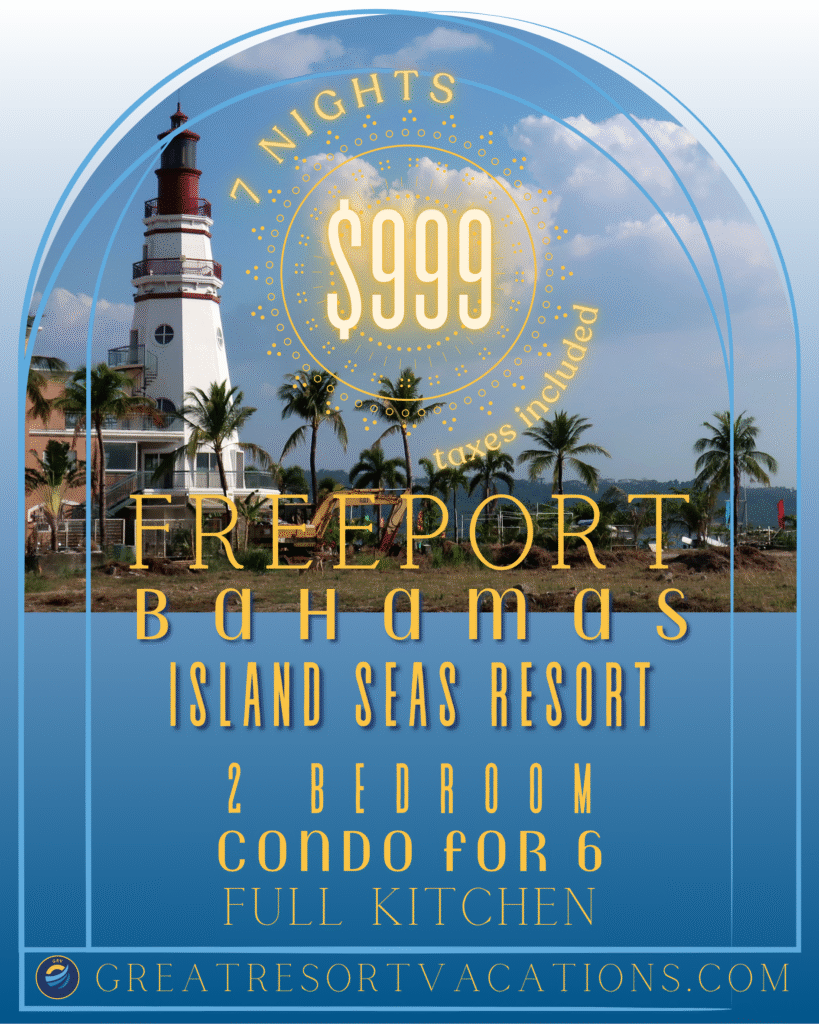Kona
The sunny Kona District stretches almost two-thirds of the entire West side of the island of Hawaii—from just south of Anaehoomalu Bay (Waikoloa Beach Resort) to Manuka Park (Kau). Along this expansive area, you’ll find everything from coffee farms to historic Hawaiian landmarks. In fact, King Kamehameha actually spent his final years in Kailua-Kona.
Home to shops, restaurants and nightlife, you can conveniently take a walking tour of Kona’s history at places like Hulihee Palace, Mokuaikaua Church and the Ahuena Heiau. Home to shops, restaurants and nightlife, you can conveniently take a walking tour of Kona’s history at places like Hulihee Palace, Mokuaikaua Church and the Ahuena Heiau.
Other significant historic places include Kealakekua Bay to the south, where Captain James Cook first set foot on the island in 1778 and where he was eventually killed. South of Kealakekua Bay is Puuhonua o Honaunau National Historical Park, a well-restored Hawaiian “place of refuge.” North of Kailua-Kona is the Kaloko-Honokohau National Historic Park, a 1160-acre park that lets you explore early heiau (temples), fishponds and petroglyphs.
Shielded from winds by Maunaloa, south Kona’s calm and clear waters are perfect for snorkeling, diving, sailing and spotting dolphins and honu (Hawaiian green sea turtles). One of Kona’s most memorable experiences is going on a manta ray boat tour to scuba or snorkel with these gentle, graceful sea creatures. Kona is also famous for its deep-sea fishing, hosting the International Billfish Tournament (August) every year. And on land, don’t forget to travel to the cooler upland slopes of town like Holualoa, where you can sample the distinctive flavors of 100% Kona coffee, which is what Kona is famous for!



